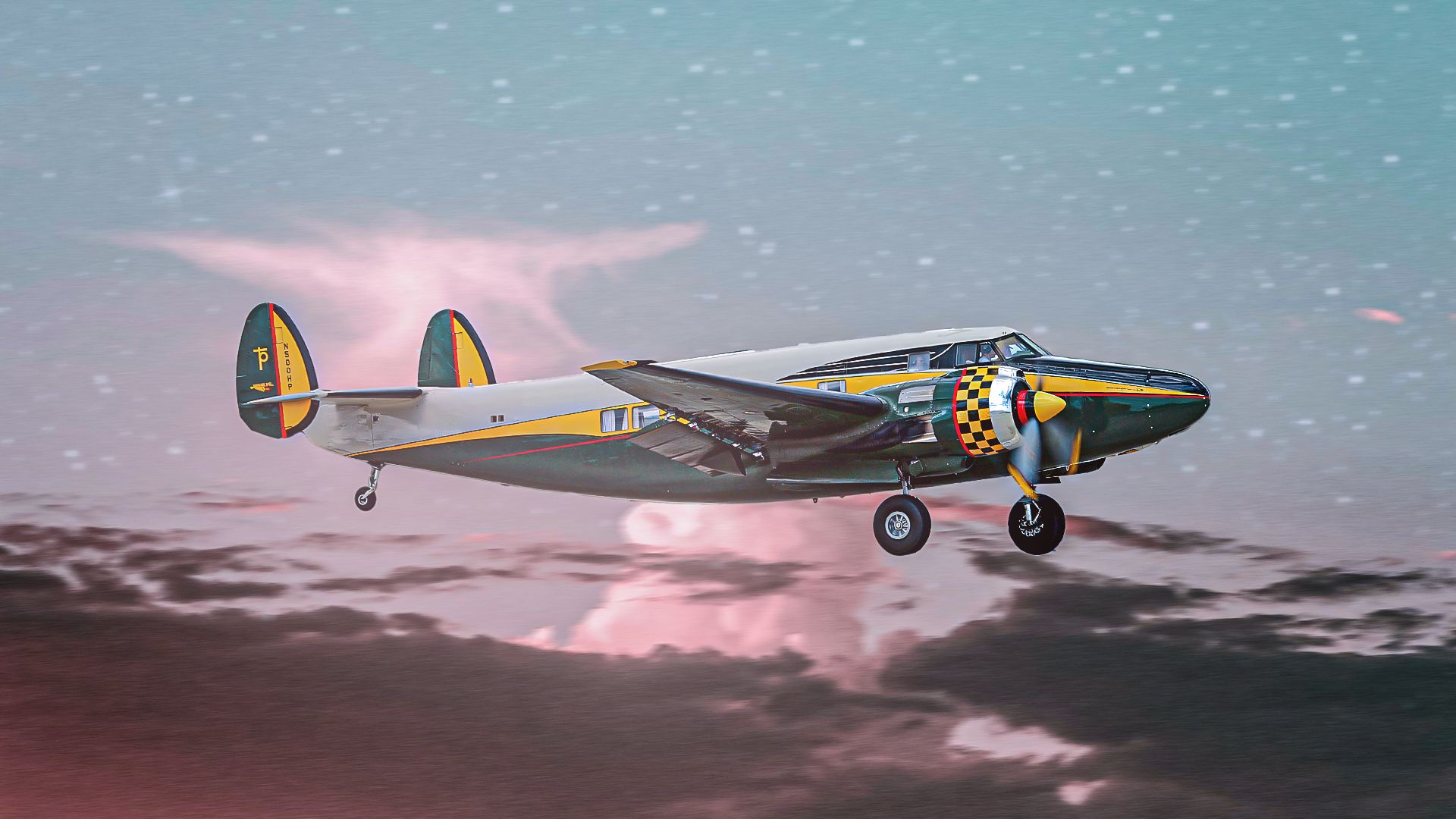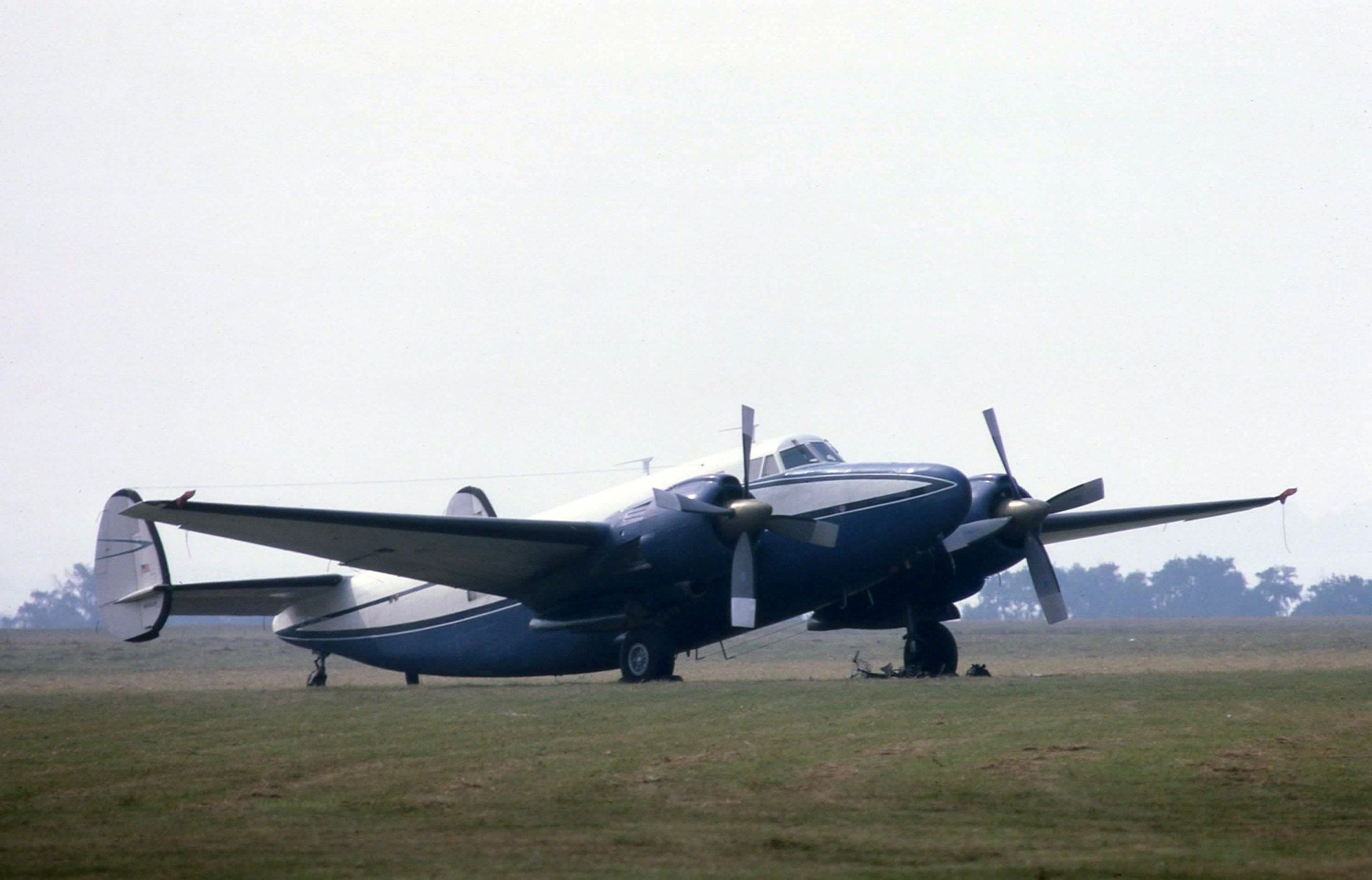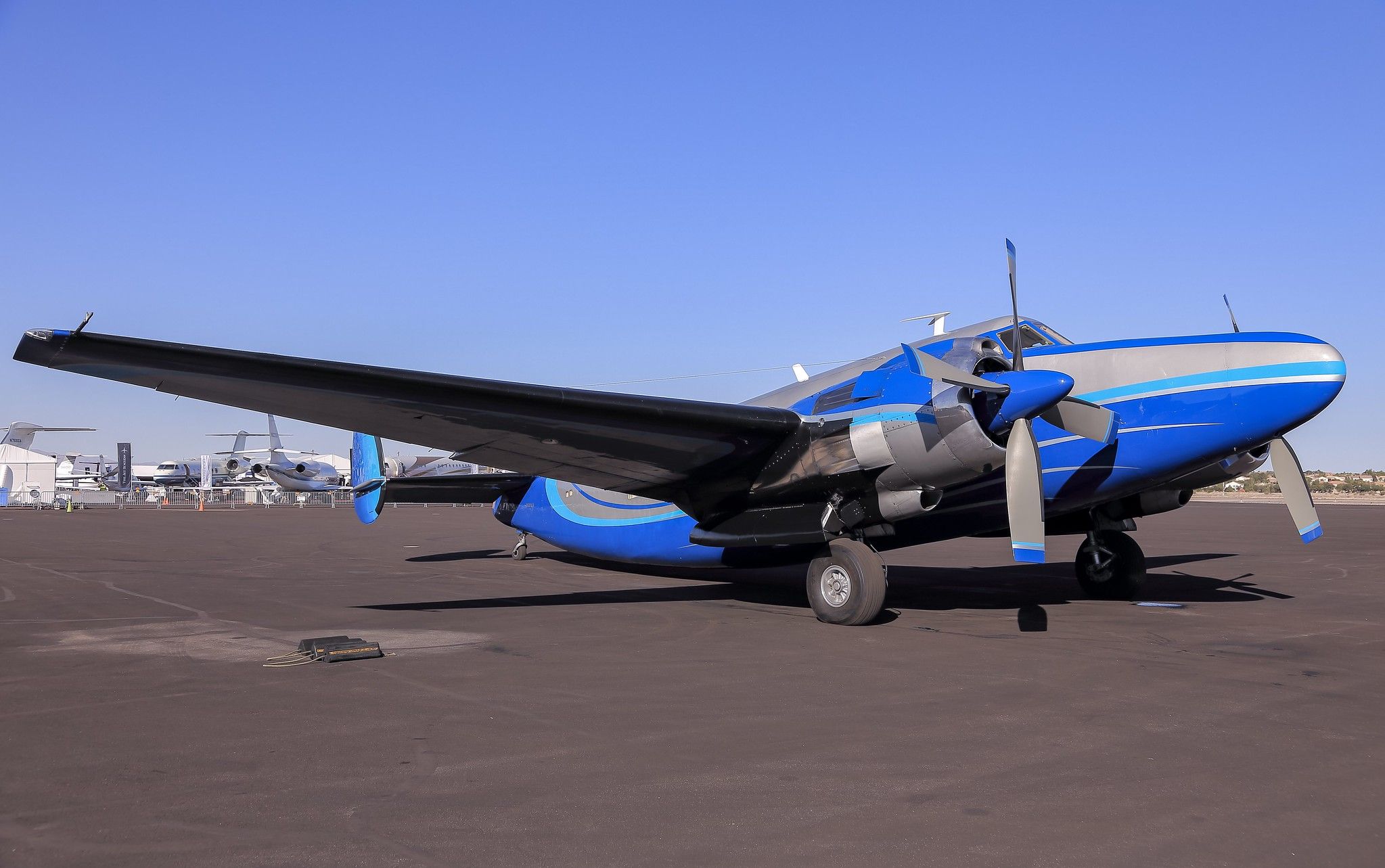Summary
- Howard 500 was a turbo-prop aircraft for executive travel in the 1960s with a spacious cabin and powerful engines.
- The plane boasted noise-free interiors suitable for quiet conversations and business meetings.
- Howard 500’s late entry to the market and introduction of private jets hindered its success.
Howard Aero Incorporated produced the executive transport aircraft, the Howard 500, in the early 1960s. The design was based on producing an efficient transport aircraft for executive flyers. In the 1950s, the company converted the surplus Lockheed Loadstars and Venturas to cater to the executive market.
Howard Aero soon realized the heavy converted aircraft needed to be faster for the mission or lacked the much-needed internal space. The company developed a substantially new design featuring a new fuselage and some major components. The outer wing panels for the Howard 500 were directly borrowed from Lockheed Yenturas, whereas the landing gear system was taken from PV-2 Harpoons.
The Howard 500
- Crew: Two
- Capacity: 10–14 passengers
- Length: 58 ft 5+1⁄2 in (17.818 m)
- Wingspan: 70 ft 4 in (21.44 m)
- Height: 13 ft 7 in (4.14 m)
- Empty weight: 23,000 lb (10,433 kg)
- Max takeoff weight: 35,000 lb (15,876 kg)
- Fuel capacity: 1,550 US gal (1,290 imp gal; 5,900 L)
- Powerplant: 2 × Pratt & Whitney R-2800-CB17 eighteen-cylinder two-row radial engines, 2,500 hp (1,900 kW) each
- Propellers: 4-bladed Hamilton-Standard 24E60-7037A-50 propellers
The Howard 500 was a purpose-built turboprop transport aircraft designed to replace World War II-era piston-engined aircraft. The plane was designed for the emerging corporate market, enabling executives to travel fast and efficiently.
- Douglas DC-6: 2,500-hp radial engines
- Douglas DC-7: propeller blades and spinners
- Vought F4U Corsair: propeller hubs
- Lockheed PV-2 Harpoon: landing gear
- Lockheed PV-1 Ventura: Outer wing panels
The Aircraft Owners and Pilots Association (AOPA) quotes pilot (late) Dee Howard describing the extravagant experience that the Howard 500 offered by stating,
“These airplanes have enriched my life in ways that I couldn’t have imagined when I started down this path,” he said. “They’ve put me in touch with the most incredible people and provided experiences that, even looking back on them, are simply beyond belief.”
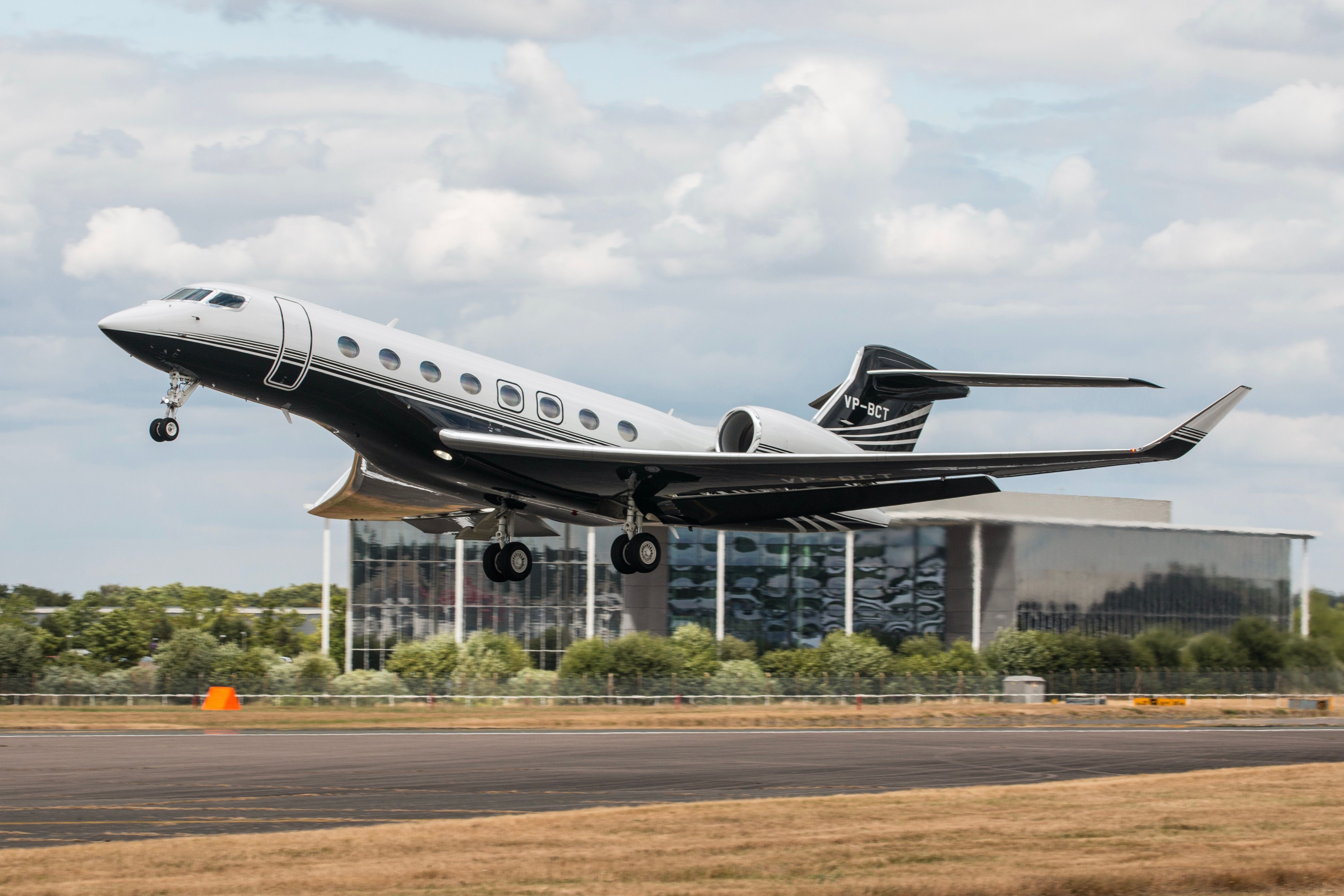
Related
Have You Flown On A Private Jet?
We have run several threads about which commercial aircraft our readers have flown over the years. While there have been some unique planes that our audience has flown over the years, private jets are rare to fly on in general. Have you had a chance to fly on a Gulfstream or Bombardier? What about a Pilatus or Dassault? If so, what was the route that you flew on? Let us know below!
Salient features of the aircraft
The passenger cabin
- Spacious cabin
- Quiet and clean environment
- Lean-back leather seats
- Stand-up bathroom with running water
The Howard 500 featured a spacious and comfortable cabin, enabling a luxurious travel experience for the elites. The fully pressurized cabin is 6 ft 2 in height, making it easy for occupants to stand up and move without hindrance. The cabin featured Rolls-Royce leather seats for durability and comfort.
The absence of frequency interference in the cabin kept the noise levels to a minimum, allowing a quiet and comfortable experience. The intentional design allowed executives and passengers to have relaxed conversations, including business meetings. The advanced cabin design also featured a stand-up bathroom with running water, another selling point for the 12-passenger aircraft.
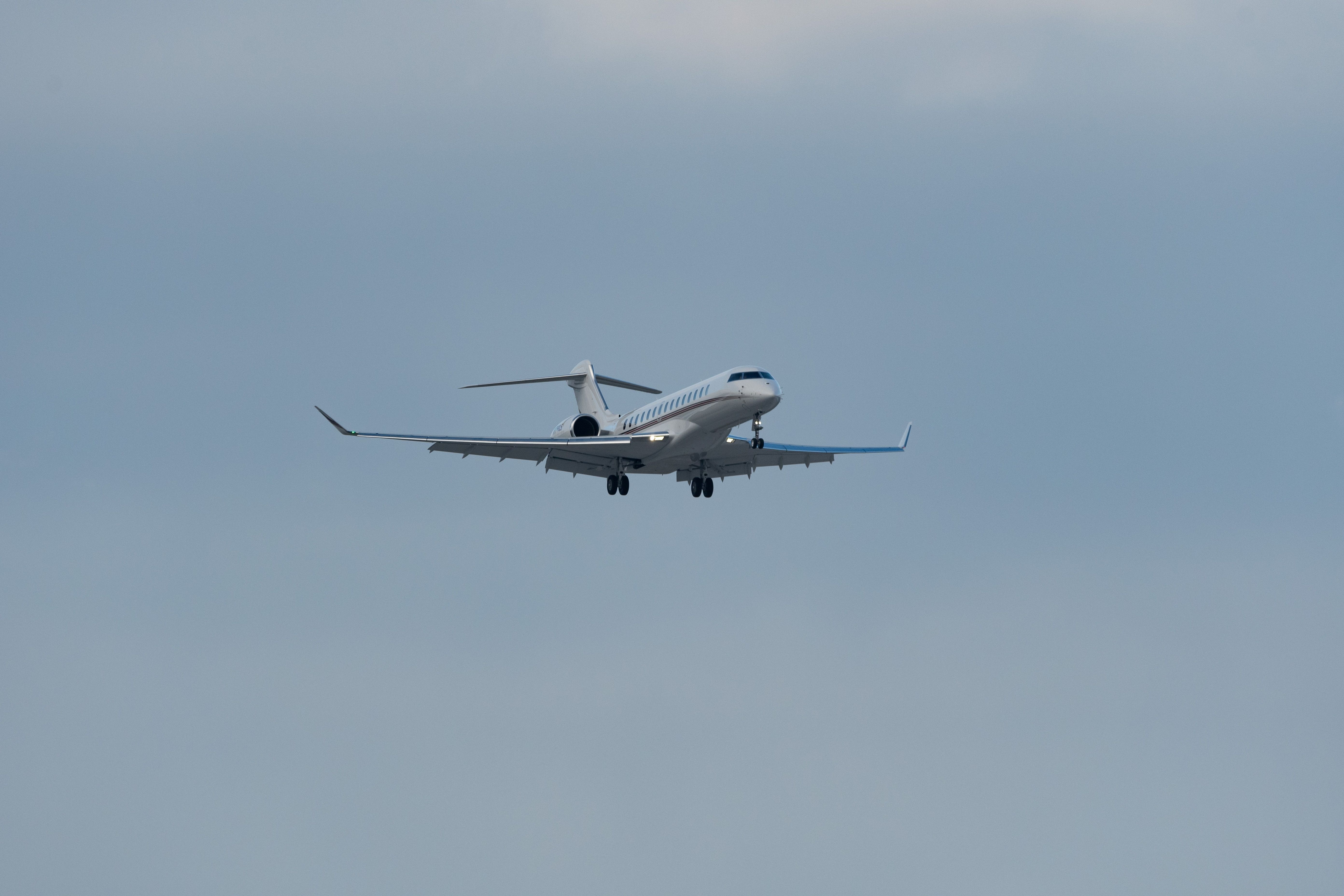
Related
What are the environmental considerations of flying privately?
Flying, in general, is sometimes considered to impact the environment negatively. Even beyond commercial aircraft, flying privately is especially scrutinized. Celebrities who utilize jets have been under fire for operating short flights, which has even further negatively impacted the environment. This includes celebrities like Taylor Swift, Kim Kardashian, and Drake.
However, flying privately has still grown year-over-year, especially during and after the COVID-19 pandemic. How can private jet manufacturers, as well as charter companies, consider the environment more while operating private jets?
The cockpit
- Hydraulic-aided boosted controls
- Advanced and upgraded avionics
- Anti-skid brake
- Auto-squaring props
The Howard 500 also offered an unparalleled commander experience. The two-seat cockpit was equipped with IF and VR flyable technology that can be performed both from the pilot’s and co-pilot’s positions. The legibility of cockpit displays was significantly enhanced compared to competing models. Moreover, the backlight gages offer low-light legibility, particularly during nighttime flights.
The aircraft had a control surface (rudder and elevators) boost system, assisting pilots in single-engine operations. The heating in the cabin was provided using an AC electrical system with multiple units catering to windshields, galley ovens, and other systems.
The Howard 500 was fitted with Pratt & Whitney R-2800/CN-17 engine, a lightweight, high-power option. The Vought F4U propeller hub was chosen for the Howard 500, with four-bladed propellers and spinners from the Douglas DC-7.
A little too late to the market
One of the major drawbacks of the Howard 500 was its timing in the market. The executive plane was introduced when the turbine engine era was already underway. Manufacturers like Grumman were already eyeing private jets that would significantly change corporate travel.
According to AOPA,
“The airplane’s lone historical distinction is a testament to terrible timing: The Howard 500 is the last FAA transport-category airplane ever certified with radial engines.”
A total of 17 luxurious, ultra-high-performance Howard 500s were built, and those, too, never became popular with customers.

